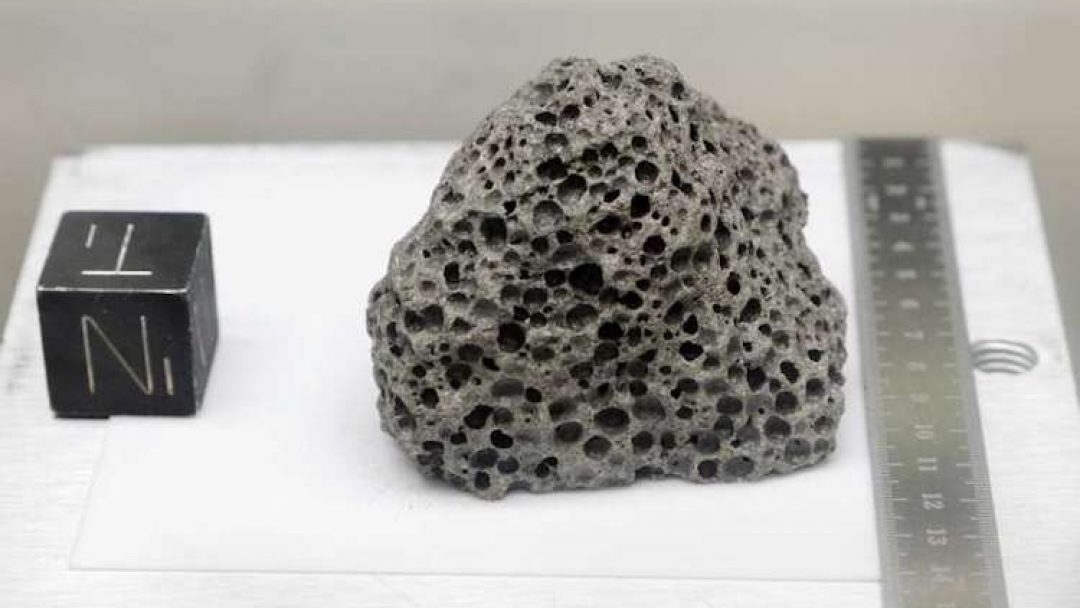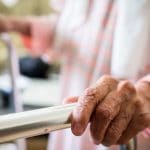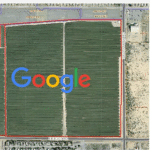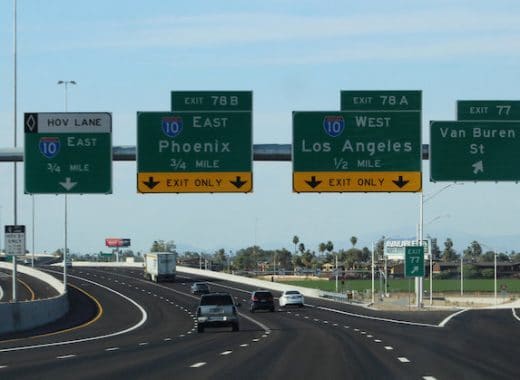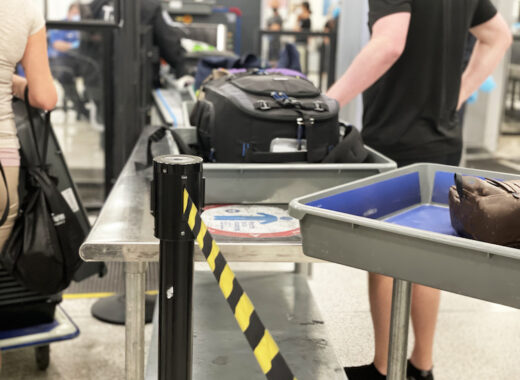Johnson Space Center is home to hundreds of pounds of moon rocks. The rocks were collected and brought back to Earth by Apollo astronauts 50 years ago. Soon, NASA is going to let geologists study the moon rocks.
“It’s sort of a coincidence that we’re opening them in the year of the anniversary,” said NASA’s Apollo sample curator Ryan Zeigler. “But certainly the anniversary increased the awareness and the fact that we’re going back to the moon.”
It’s almost the golden anniversary of Neil Armstrong and Buzz Aldrin’s moon landing; it took place on July 20, 1969. With prompting from the White House, NASA is planning to put new astronauts on the moon by 2024. While many people, including Trump, are excited about a potential Mars landing, a trip to the moon is a crucial step. It’s an opportunity to test equipment and prepare for longer journeys, as the moon is only two to three days away.
Zeigler’s job is to preserve the lunar samples, 842 pounds of them, that 12 astronauts brought back from 1969 through 1972. He is also making sure that scientists have the best samples for their study. Some of the lunar samples were vacuum-packed on the moon and others were frozen or stored in gaseous helium. They have never been touched or exposed to the Earth’s atmosphere. The lab is attempting to find the best way to unpack them without damaging them.
Zeigler stated that modern scientific instruments are much more sensitive than those from the Apollo-era. “We can do more with a milligram than we could do with a gram back then. So it was really good planning on their part to wait,” he said.
The lab has two vaults: one for samples that have never been touched and others that have already been used for studies. Most of the samples, 70% of them, are still in the same condition as they were when they left the moon. The vault is very protected — it has two combinations and takes two people to unlock it.
Another 15% of the samples are stored at White Sands in New Mexico. The rest are on display or used for research. There have been 6 manned moon landing, and Apollo 11 yielded the least amount of lunar samples: 48 pounds. It was the first manned landing and NASA wanted to minimize risks by only having astronauts on the moon for a short amount of time.
The samples from the mission were put on display, used for research, and given as goodwill gifts to other countries. The rest of the sample, three-quarters of it, is kept at the lab. Armstrong collected the most samples and was the primary photographer. During the 2 ½ hour walk, Aldrin brought back two core samples from beneath the surface. The other Apollo moon landings took longer, and Apollo 15, 16 and 17 used rovers to bring back a much more significant collection of samples.
“Fifty years later, we’re still learning new things … incredible,” said the lab’s Charis Krysher. By studying the samples, scientists have learned the ages of the surfaces of Mercury and Mars. They’ve also learned that the larger planets, like Jupiter, formed close to the sun and migrated out into the solar system.
“So sample return from outer space is really powerful about learning about the whole solar system,” he said. The majority of the samples that will be opened during the next year were collected in 1972 during Apollo 17. It was the last moon landing and the only to have a geologist on board, Harrison Schmitt.
Schmitt plans to help the lab open the samples. The nine research teams selected by NASA to receive samples to study will get varying amounts of moon rock. “Everything from the weight of a paperclip, down to basically so little mass you can barely measure it,” Zeigler said. The difficult parts will be opening the tubes filled with gas. “If you goof that part up, the gas is gone. You only get one shot,” Zeigler said.
The collection of sample is divided by which Apollo mission brought back the sample. Each landing has a cabinet with built-in gloves and stainless steel bins filled with pieces of the moon. The total Apollo lab inventory currently has 100,000 samples. Some of the original 2,200 samples were divided into smaller pieces for study. A sample processor Jeremy Kent hopes that “we will get some more samples here in the lab to work on.”


